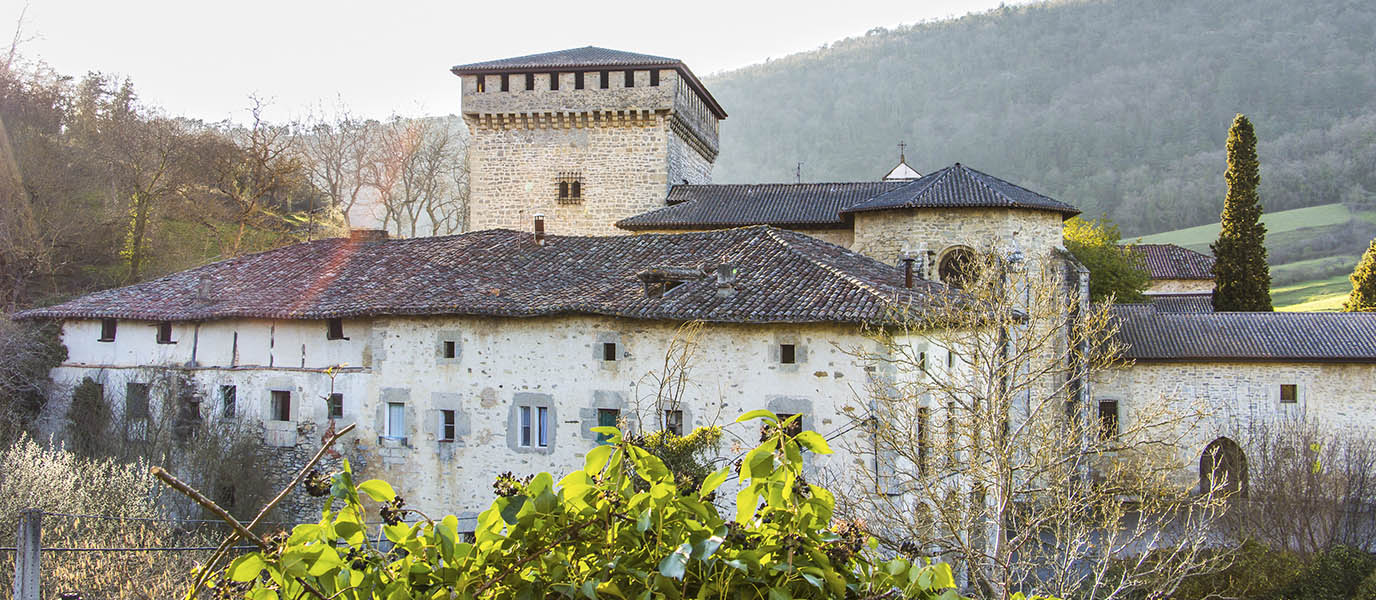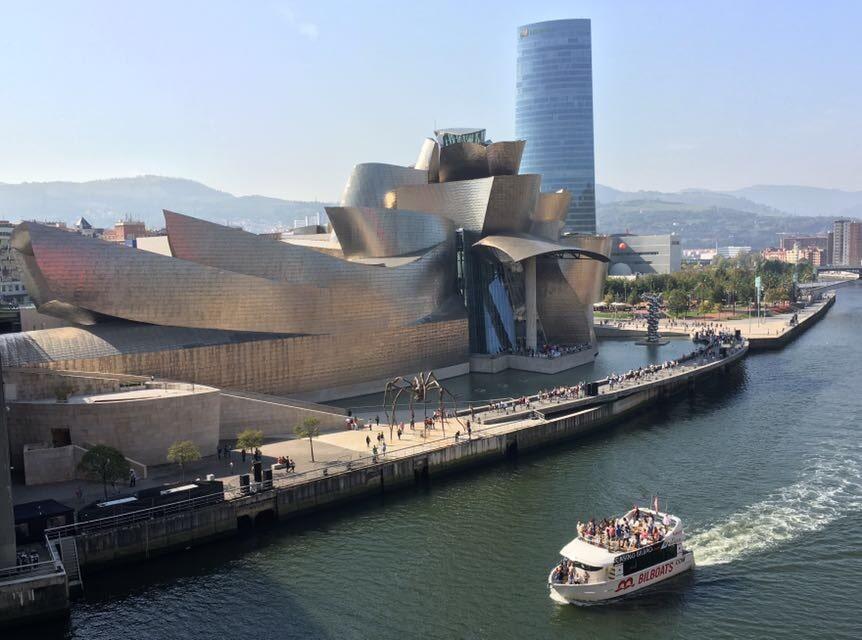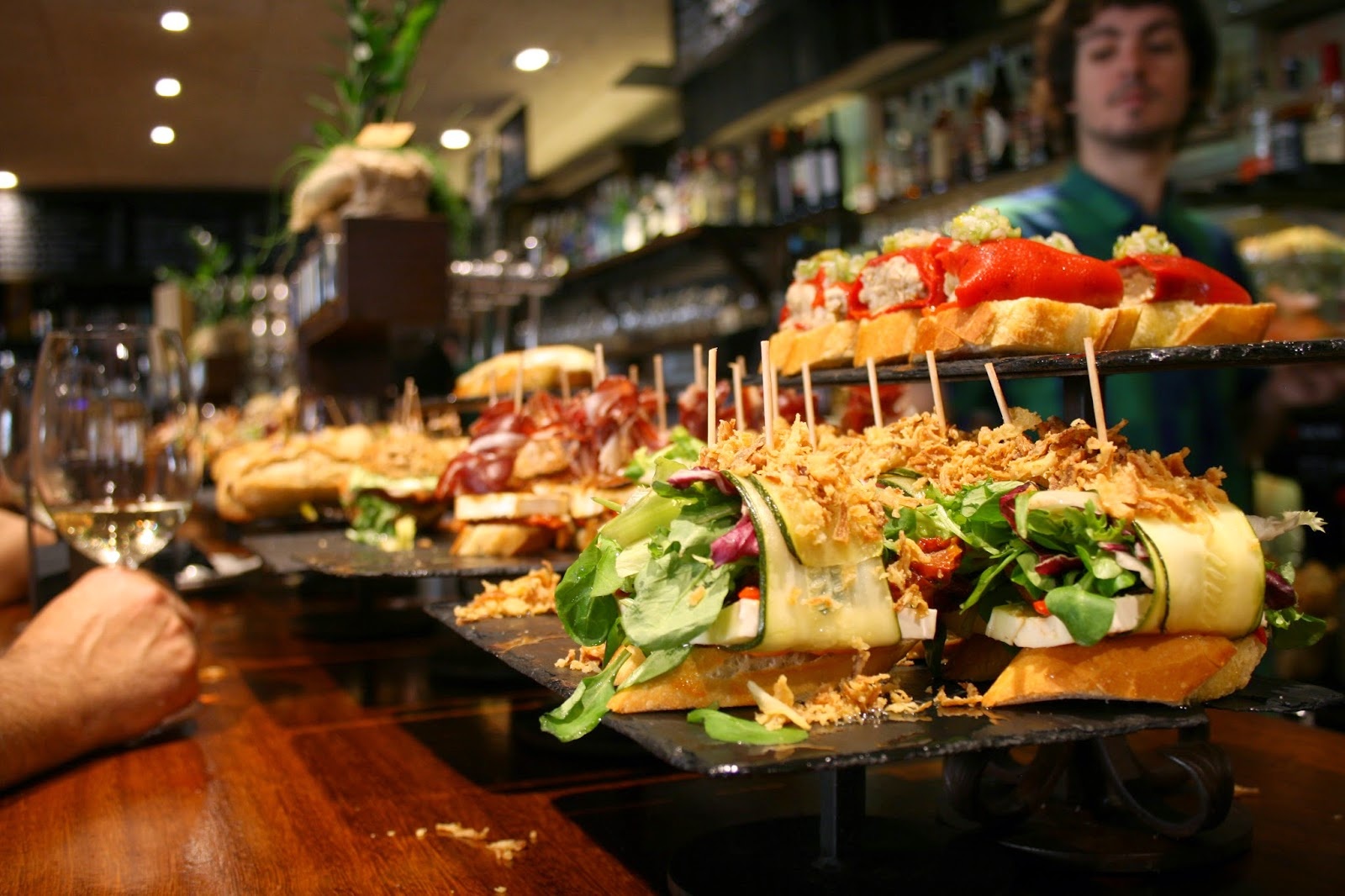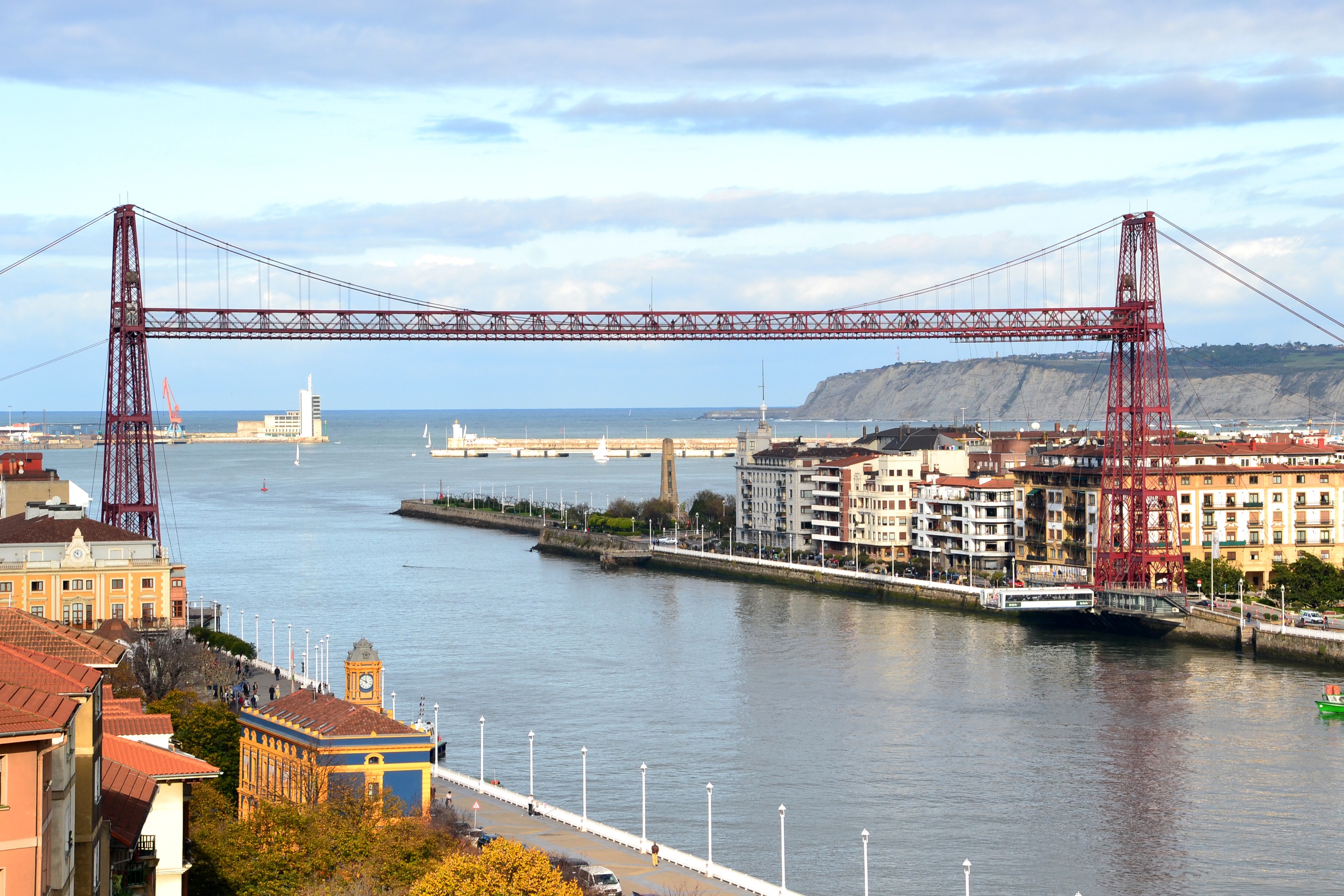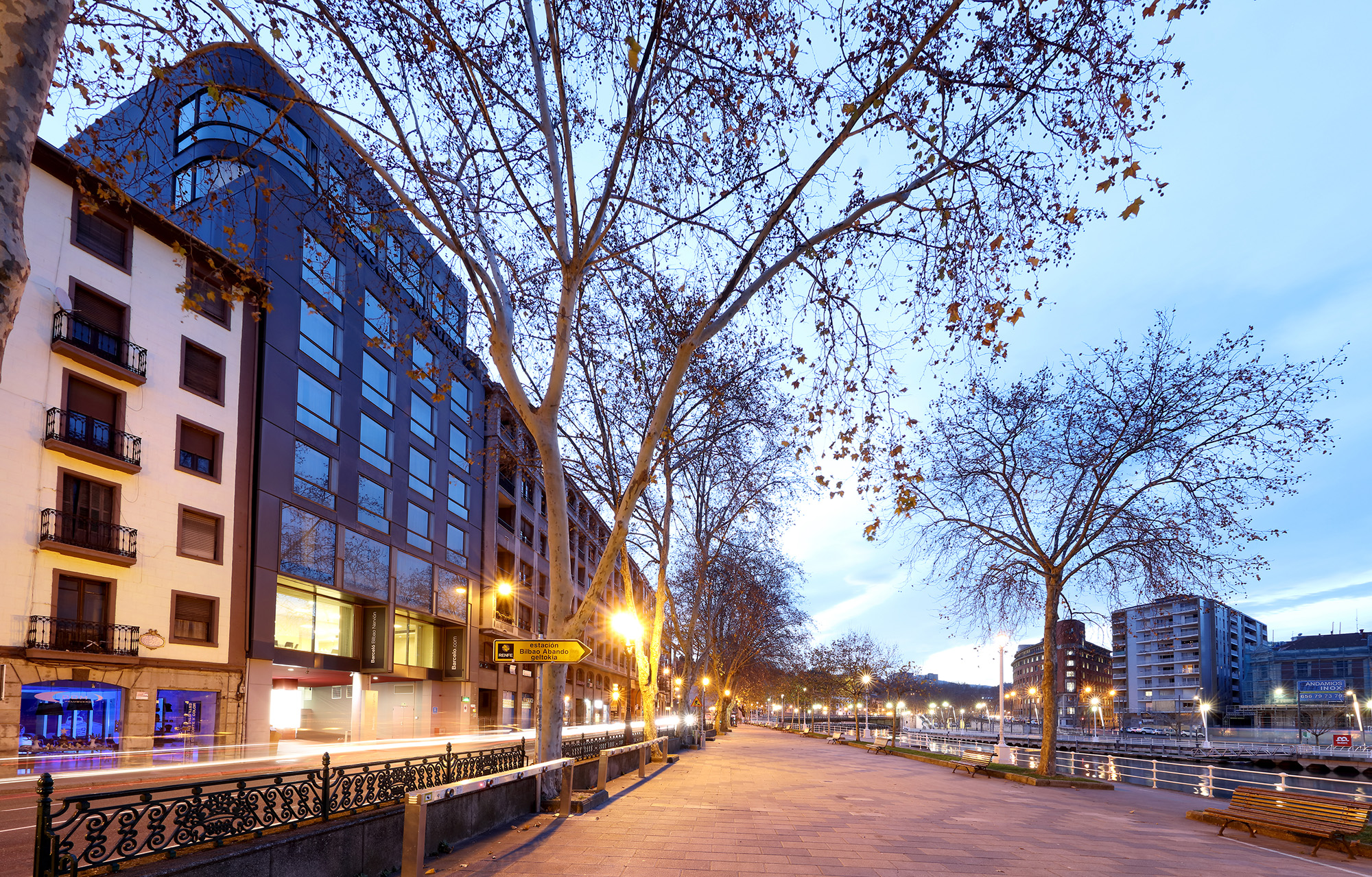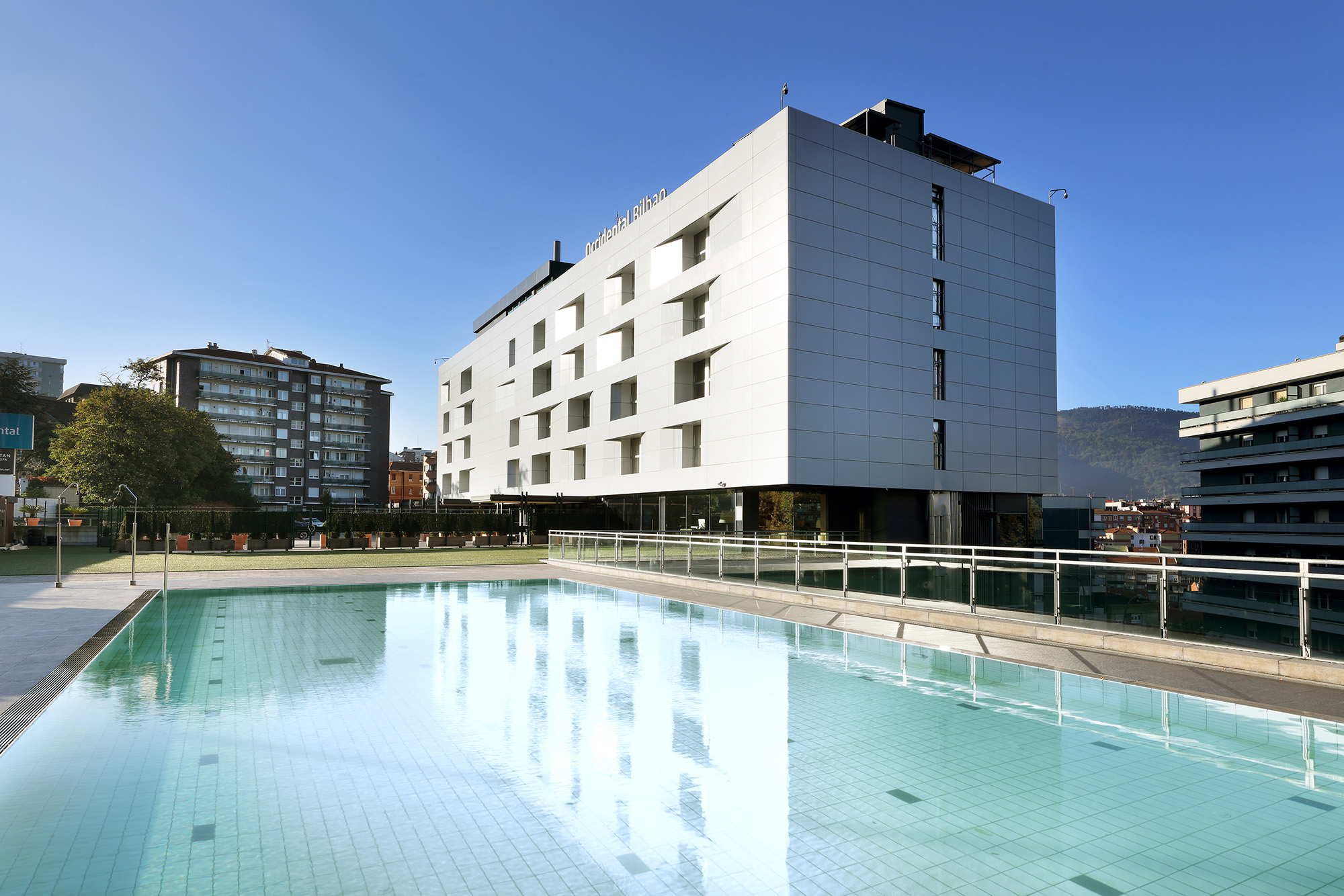The La Ribera Market, recognised in 1990 by the Guinness World Book of Records as the largest covered food market in the world, is deep-rooted in the history of the long departed Plaza Vieja de Bilbao. Situated on the right bank of the Nervión river, its central location has seen it bear witness to centuries-old history. The seven streets of the Casco Viejo quarter adjoining the market have preserved their lively medieval spirit, whilst the nearby Atxuri station and the bourgeois palaces on the opposite bank are a reminder of the industrial growth that the city underwent in the nineteenth century. The writer Emiliano de Arriaga described this temple of food in one of his costumbrista stories as “a market with a fine selection for all the needs of the most refined gourmet”. These words—written in reference to the old market, which was replaced in 1929 by the one that stands today—are far from having lost their value and are today more than ever a true reflection of reality. Traditional stands with an extensive selection of meat, fish, fruit and vegetables, the majority brought in directly from nearby villages, sit alongside ten gourmet bar-restaurants in a space that, thanks to a recent initiative, is filled with the sounds of jazz on a daily basis.
A brief history of the market
The history of the La Ribera Market goes far beyond the date of construction of the building that currently stands. Its foundations lie on a site that was considered—from its medieval origins until the early twentieth century—the heart of Bilbao. Testament to this are the neighbouring Church of San Antón, the old City Council of the former town—on whose site it now stands—and the Ribera riverside houses, which have accompanied it since time immemorial, even when the market was held in the open air. Another witness of the lively hustle and bustle of its many stands is the river, upon whose right bank the current building lies like a stranded ship. From either side of the market respectively the San Antón bridge and the La Ribera bridge cross the Nervión river linking to the Bilbao la Vieja neighbourhood.
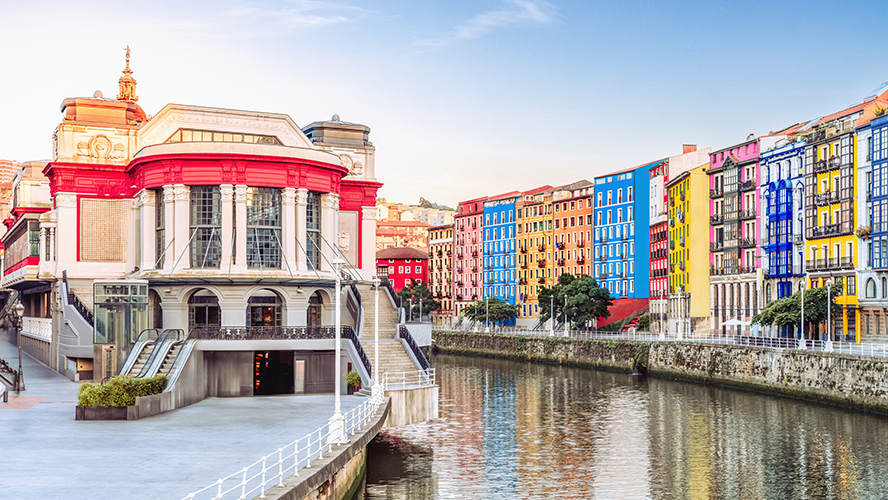
The current building was constructed in 1929 in a rationalist and Art Deco style by Pedro Ispizua—an architect that trained alongside Gaudí—to replace an old building that, in the late 1920s, was subject to unbearable levels of heat, poor ventilation and a lack of space for new stands. An official delegation from the then government of Spain, led by Primo de Rivera, attended the opening and according to newspaper accounts, such was the welcome that they received from traders and shoppers that the general didn’t hesitate to gleefully compare Bilbao’s market with Valencia’s newly built market.
In spite of its almost hundred years of existence, the market’s survival has not always been assured. The opening of Mercabilbao in 1970 forced it to remodel itself as a neighbourhood market, and the devastating floods of 1983 led to large-scale refurbishment work. However, it didn’t end there; the final blow came in 2010 when the company Labein published the results of a study on the structural safety of the building, according to which the use of sand in the concrete foundations had put its safety at risk.
Inside the market
The market building displays obvious signs of the rationalist style pertaining to the time in which it was built. Based on function over anything else, inside it resembles a factory with large open spaces free from columns and an extensive collection of Art Deco stained glass windows that flood the interior with light.
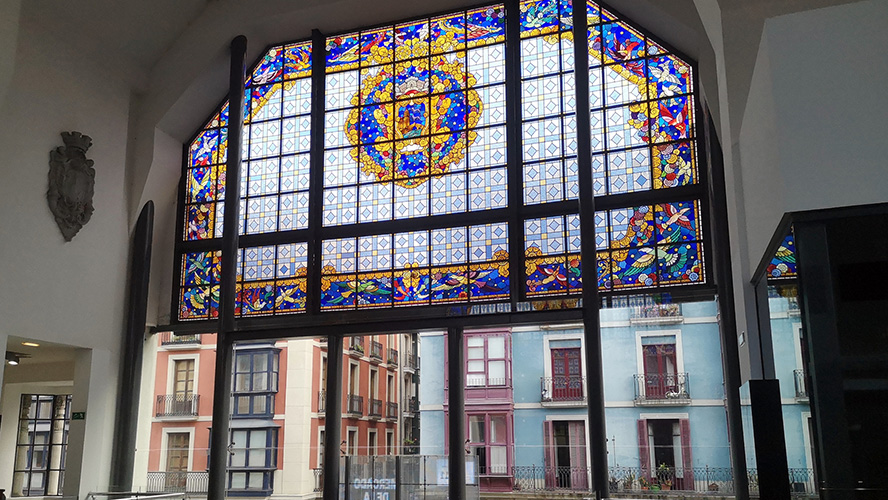
Spanning more than 10,000 square metres it houses around 180 businesses distributed according to their type across the building’s three floors. On the ground floor are fishmongers, the first floor is home to butchers and meat-related stands, and those selling fruit and vegetables are based on the second floor. These days it’s even possible to find an area dedicated to local produce brought directly from the small farm holdings of Biscay, the caseríos.
Part of its appeal is that it is still a neighbourhood market, visited on a daily basis by residents of the neighbouring areas of Casco Viejo and Bilbao la Vieja. Stallholders are often villagers who indulge in hearty conversation while serving their customers
Food court
The La Ribera Market recently gave the municipal market concept a new lease of life. Since the summer of 2015 it has housed a food court offering a range of different dining options so that visits to the market are not simply restricted to traditional shopping. La Bodeguilla, for instance, offers delights such as the mythical gildas (guindilla pepper, anchovy and olive pintxos) with more than 30 variations; whilst Torti-Ya, Zubiburu and Ibérico by Gu 2 tickle the taste buds with classic pintxos, croquettes and Iberian ham, respectively. If you’re after a good beer, Arambari offers a selection from all over the world. Brasserie la Ribera, specialised in grilled meat, Amua by Zarate, serving excellent seafood, and Mister Wok complete this splendid food court in which you only need two things to have a good time: an empty stomach and the ability to decide.
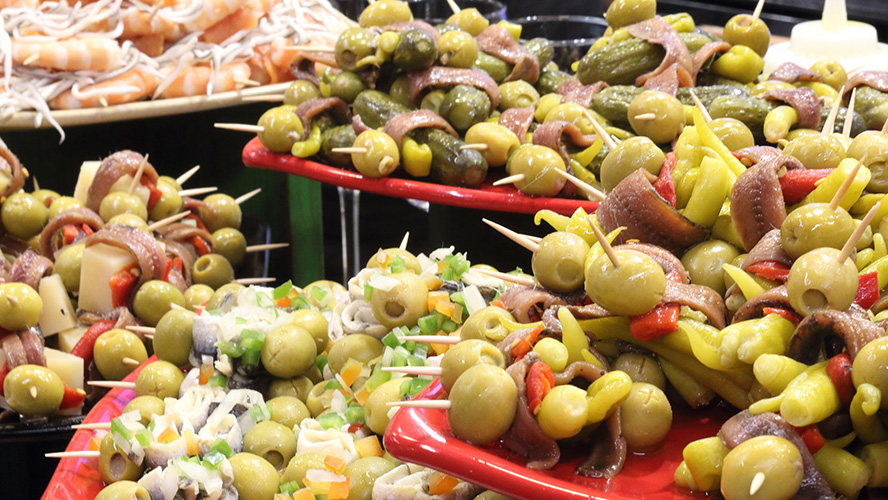
Last but not least, we couldn’t end without mentioning one of the market’s most recent initiatives. Café-bar La Ribera, situated on the ground floor, boasts a lovely terrace with views of the river. Comprised of a dining area, a bar with seating, a reading space and a modest stage that is host to a daily programme of national and international jazz groups. The café-bar even offers the option of having your freshly bought market produce cooked on site.





































































